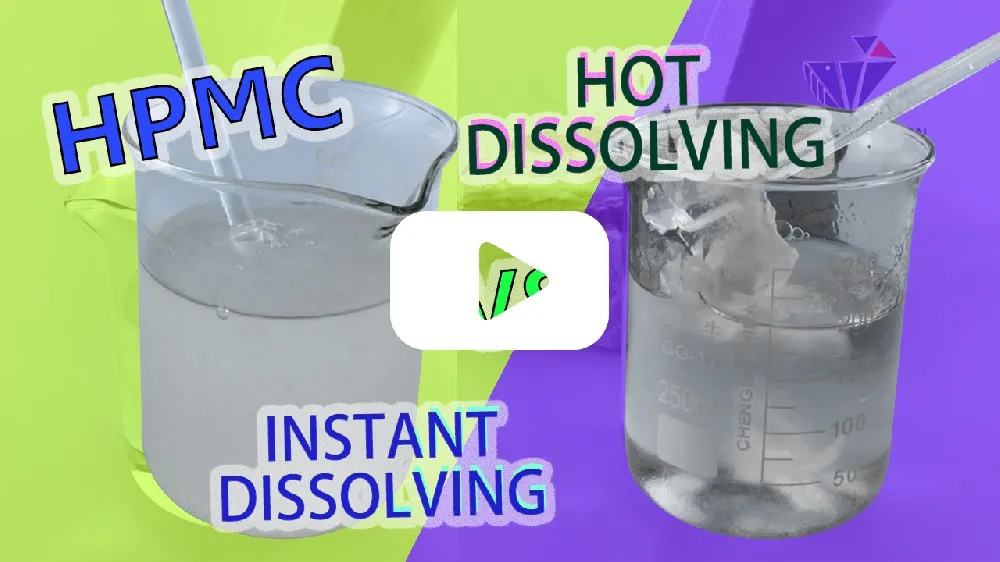
Nov . 29, 2024 05:16 Back to list
HPMC дар об ҳал мешавад?
HPMC (Hydroxypropyl Methylcellulose) is a widely used polymer that derives from cellulose, presenting unique properties suitable for various applications, particularly in pharmaceuticals, food processing, and construction. A common question that arises in relation to HPMC is whether it is soluble in water. This article explores the solubility characteristics of HPMC, its implications, and its applications in different fields.
HPMC is known for its excellent solubility properties in water. When exposed to water, HPMC readily dissolves, forming a clear and viscous solution. The degree of solubility can vary depending on the specific formulation and the molecular weight of the HPMC used. Typically, HPMC is classified into different grades based on its viscosity and solubility. Low-viscosity grades tend to dissolve easily, while high-viscosity grades may require more stirring or agitation to achieve complete dissolution.
.
Moreover, HPMC's water-soluble nature contributes to its role as a controlled-release agent in drug delivery systems. By forming a gel-like matrix upon dissolution, HPMC can regulate the release of drugs over an extended period. This characteristic is particularly valuable in developing sustained-release formulations, improving therapeutic efficacy while minimizing side effects.
is hpmc soluble in water

In the food industry, HPMC is recognized for its emulsifying and thickening capabilities. Its solubility in water enables it to be seamlessly incorporated into various food products, particularly those requiring a specific texture or consistency. For example, HPMC is commonly used in gluten-free baking to improve texture and moisture retention, as it mimics the properties of gluten, providing structure and elasticity to the dough.
In construction, HPMC also plays a significant role. It is often added to cement, plaster, and tile adhesives to enhance their workability and performance. The solubility of HPMC in water allows it to be easily mixed with other components, improving adhesion properties and providing a smooth application. This is vital in ensuring the durability and longevity of constructions.
However, it's important to note that the solubility of HPMC can be influenced by several factors, including temperature, pH, and the presence of other substances. For example, higher temperatures generally promote increased solubility of HPMC, while highly acidic or alkaline conditions may affect its dissolution rate. Additionally, the interaction with other ingredients in formulations can alter its solubility behavior.
In conclusion, HPMC is indeed soluble in water, exhibiting a range of solubility characteristics that make it an invaluable ingredient across various sectors. Its ability to dissolve and form stable solutions is fundamental to its application in pharmaceuticals, food processing, and construction. Understanding the solubility of HPMC not only helps in optimizing its use in different formulations but also paves the way for innovative applications in the future. As more research is conducted, the versatility of HPMC in water-soluble applications continues to expand, reaffirming its role as a vital compound in multiple industries.
-
Versatile Hpmc Uses in Different Industries
NewsJun.19,2025
-
Redispersible Powder's Role in Enhancing Durability of Construction Products
NewsJun.19,2025
-
Hydroxyethyl Cellulose Applications Driving Green Industrial Processes
NewsJun.19,2025
-
Exploring Different Redispersible Polymer Powder
NewsJun.19,2025
-
Choosing the Right Mortar Bonding Agent
NewsJun.19,2025
-
Applications and Significance of China Hpmc in Modern Industries
NewsJun.19,2025







